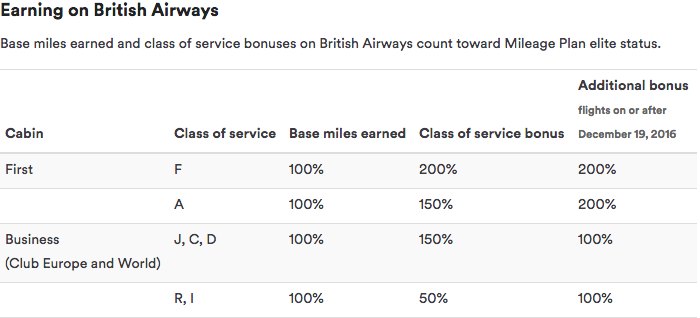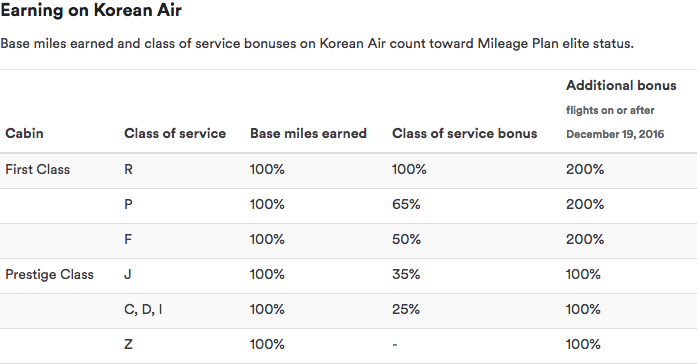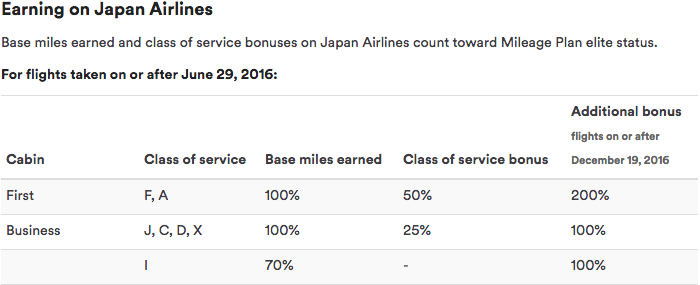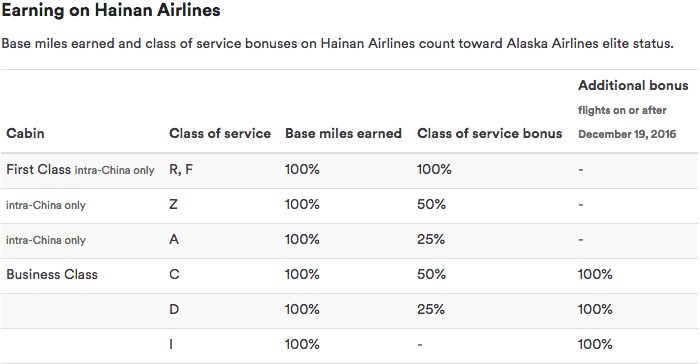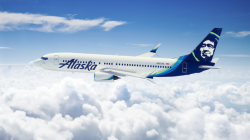In addition to all the plans for integrating the loyalty programs of Alaska Airlines and Virgin America, the company is also making several changes to its Mileage Plan loyalty program. Remember this will eventually be the single loyalty program for both airlines next year.
Redeem Fewer Miles on Alaska Airlines
Beginning today, the cost of award travel on Alaska Airlines-operated flights will vary with the distance traveled, much like award travel booked with British Airways Avios points. The shortest awards will cost only 5,000 miles each way, and the most expensive will cost 12,500 miles. In between you’ll also find awards priced at 7,500 or 10,000 miles. What’s great about this change is that Mileage Plan isn’t raising the cost of any awards — it’s just making the shortest awards even cheaper.
These base prices are what you’ll pay for the cheapest awards with the most restrictive award space. They’re what people usually call “saver” or “non-refundable” awards, and my understanding is that the number of awards issued at these new, lower prices won’t be changing.
However, more expensive awards do exist if you want last-seat availability. These so-called “anytime” or “refundable” awards cost more because they don’t have the same restrictions. They’ll continue to require more miles, as they do today.
How is this different from a revenue-based program, such as the one operated by Virgin America Elevate? Well, Elevate tends to match the award cost to the price of a ticket. (Southwest Rapid Rewards does the same.) Distance has nothing to do with it. And, in fact, many of the short flights that Alaska operates to regional airports can be expensive depending on the season. Alaska Airlines is still using distance to determine the cost of its awards, as do United, Delta, and American Airlines.
Note: You can always look up the distance of a flight by searching for the itinerary on GCMap.com. Check out my introductory guide to GCMap!
Earn More Miles on Partner Airlines
Mileage Plan continues to issue award miles based on the distance you fly, not only when you fly with them but also when you fly on partner airlines like British Airways, Delta Air Lines, and Emirates.
Because Alaska Airlines isn’t part of a formal alliance, it has tried very hard to promote the individual partnerships it negotiates with global carriers. These include perks like complimentary checked bags and lounge access for elite members and bonus miles on award flights. When you fly first or business class, you can now earn up to 80% more miles when you credit them to Alaska Mileage Plan.
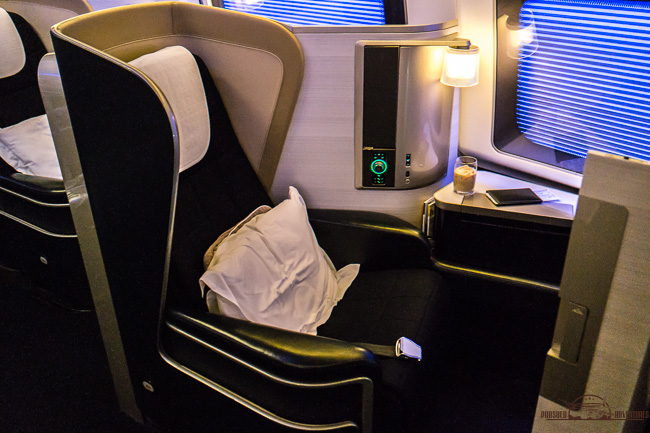
Alaska already has some generous earning rates that make it a good pick for crediting miles when you fly on a partner airline. And considering that it has relationships with oneworld Alliance, SkyTeam, and independent carriers, it works well as a catch-all account for some carriers you might fly just once or twice a year.
Updated Award Rates
As of this morning, I’ve been able to go through the new Mileage Plan website and identify the carriers and fares that will see new, higher earning rates for flights departing on or after today, December 19. If your carrier or fare isn’t listed that’s because the earning rate won’t be changing. (Note: As of next year, Delta will no longer be a partner.)
The “additional bonus” will only apply to award miles, which can be redeemed to book award travel. However, base miles and class of service bonus apply to both award miles AND elite qualifying miles. That means these changes will significantly increase the number of award miles you earn, but they won’t help you earn status any faster.
It’s Time to Stop Worrying
Many people have wondered what will happen to Mileage Plan and if it will take on features of Virgin America’s Elevate program as a result of the acquisition. I think these announcements are telling signs that Alaska plans to play up what makes it different: namely, that it is the only U.S. loyalty program that still uses a distance-based method for earning and redeeming miles.
It could have switched to an actual revenue-based award model similar to Elevate but chose not to, and I don’t think it really had to do anything to improve its partner earning rates. Both these changes seem to be positive. Other changes, like new upgrade policies for first class and premium class, are more of a mixed bag but seem geared toward differentiating elite benefits rather than removing perks.
I’m not ruling out anything. Alaska and Virgin have to cross a pretty big gulf to align their programs. But so far, Mileage Plan seems to be establishing its existing policies as the default with only minor tweaks made to attract new customers as well as former Elevate members.




